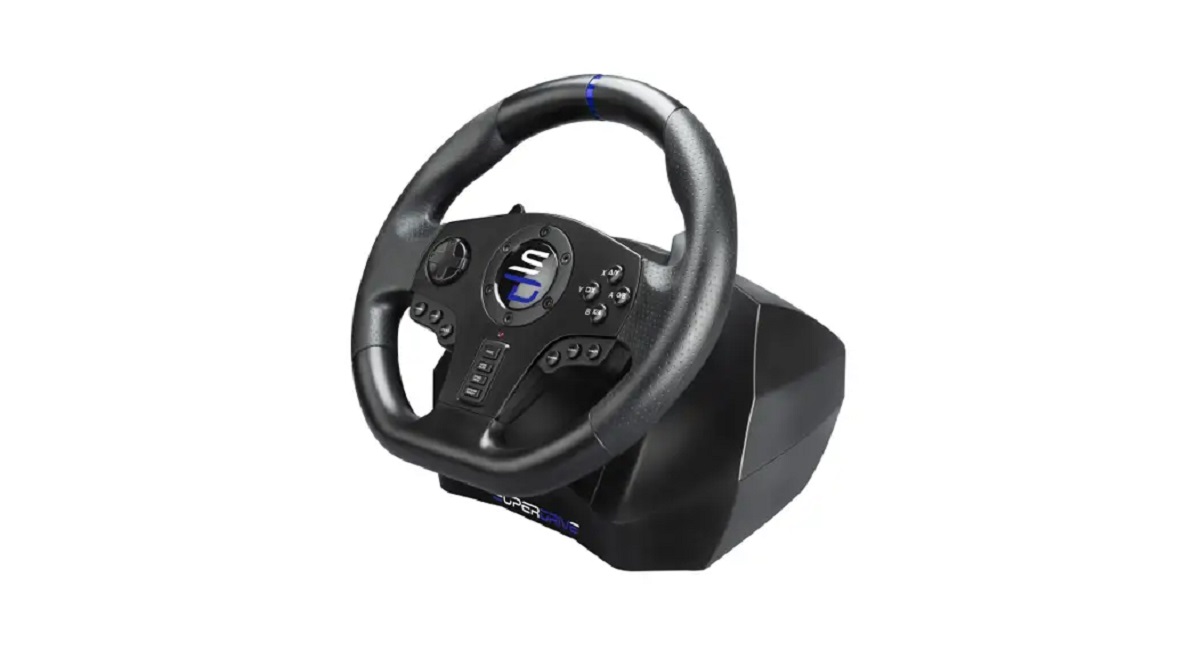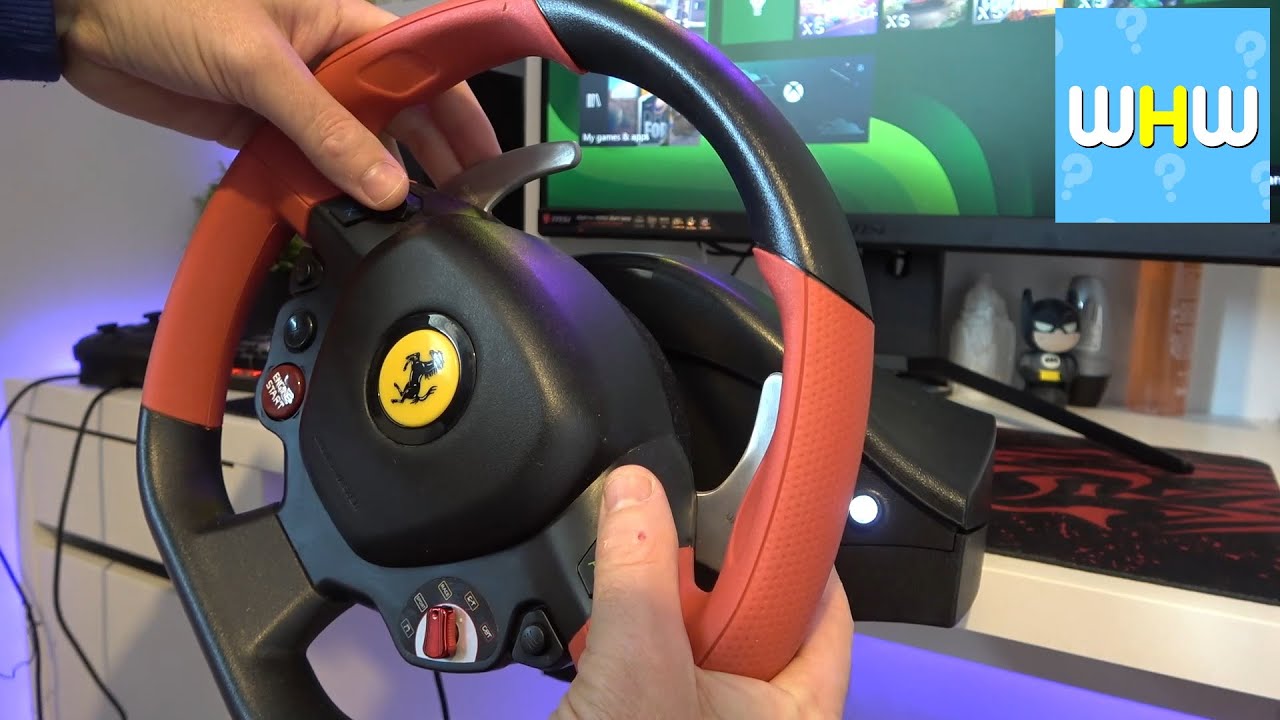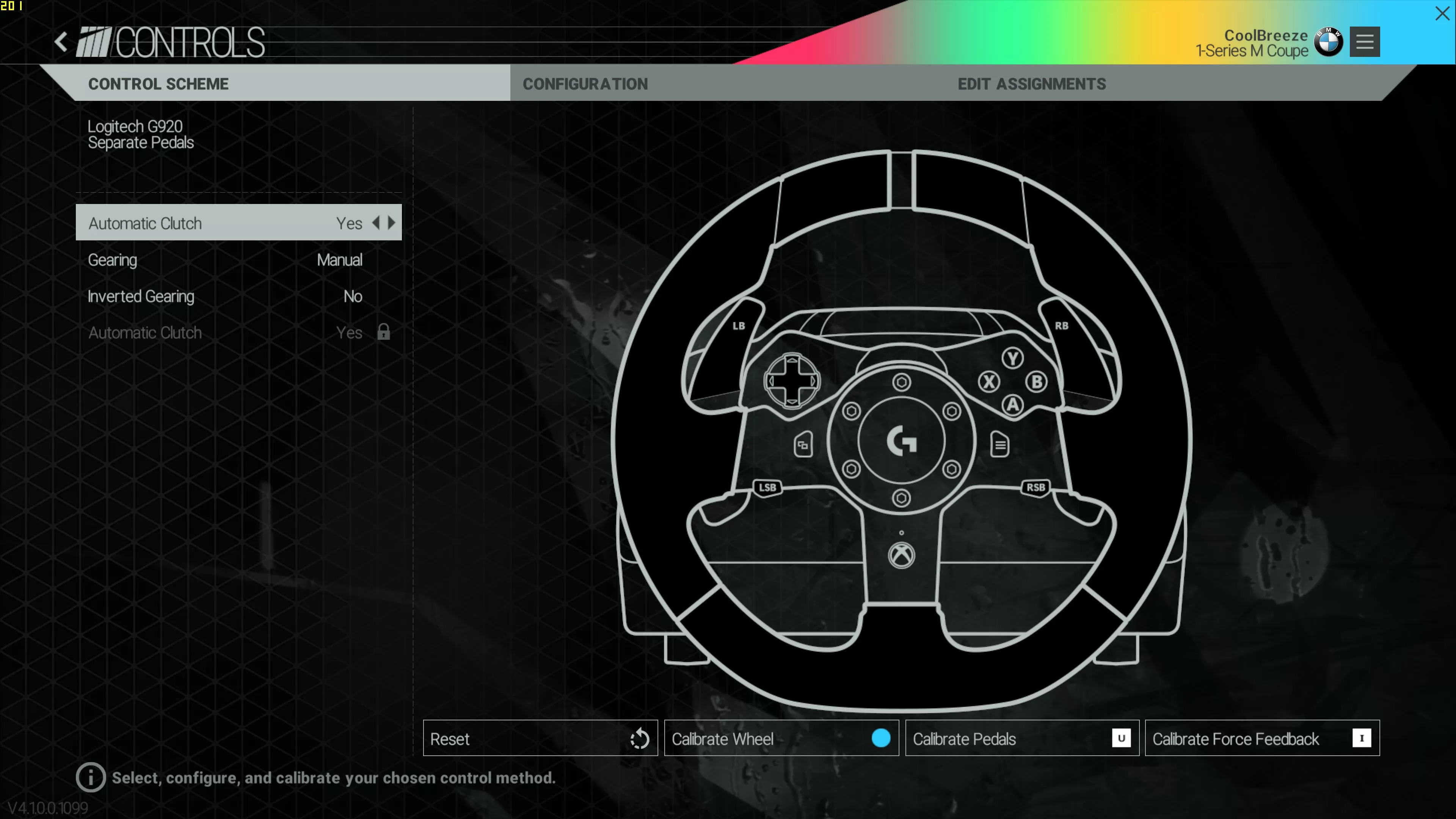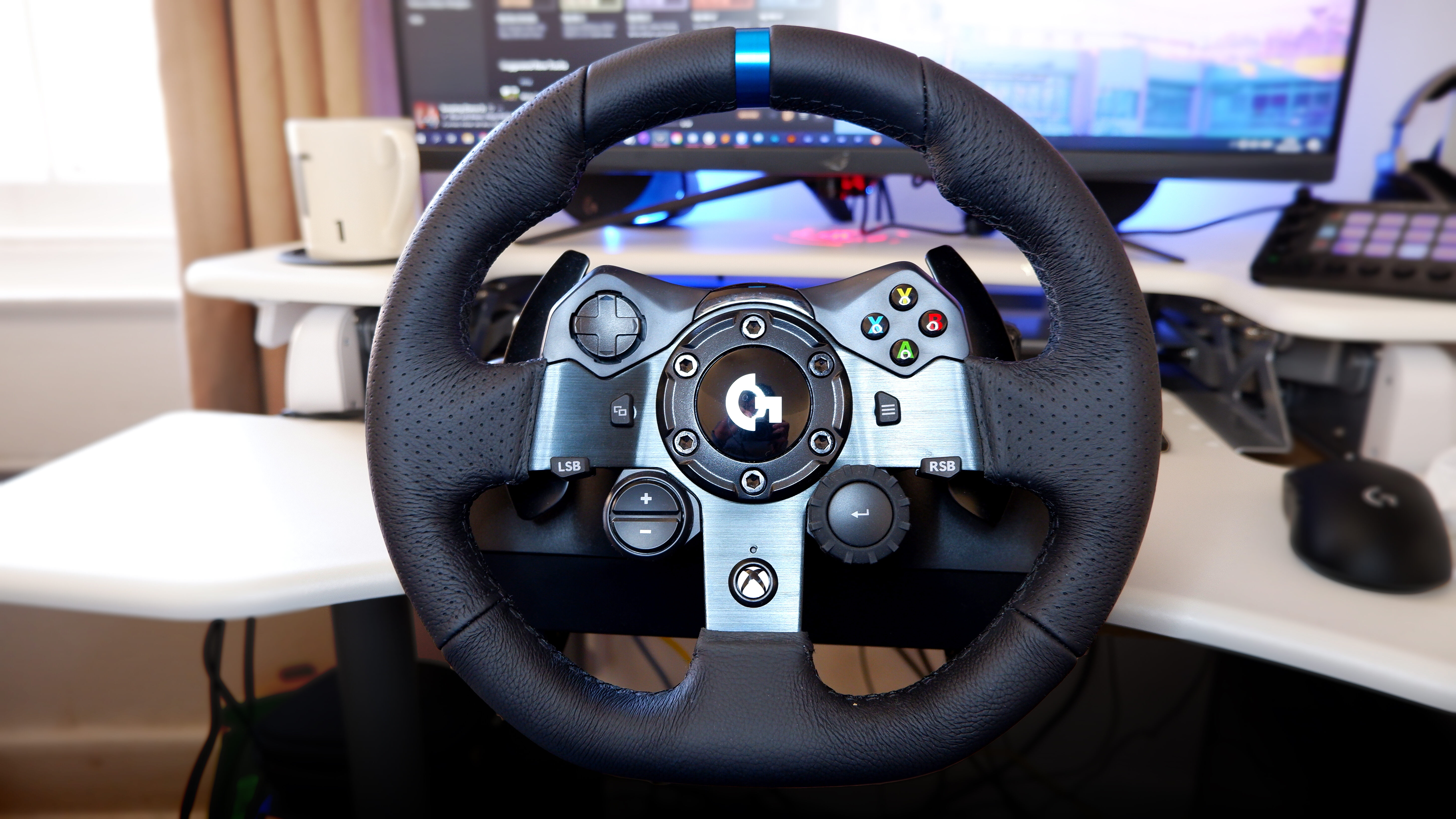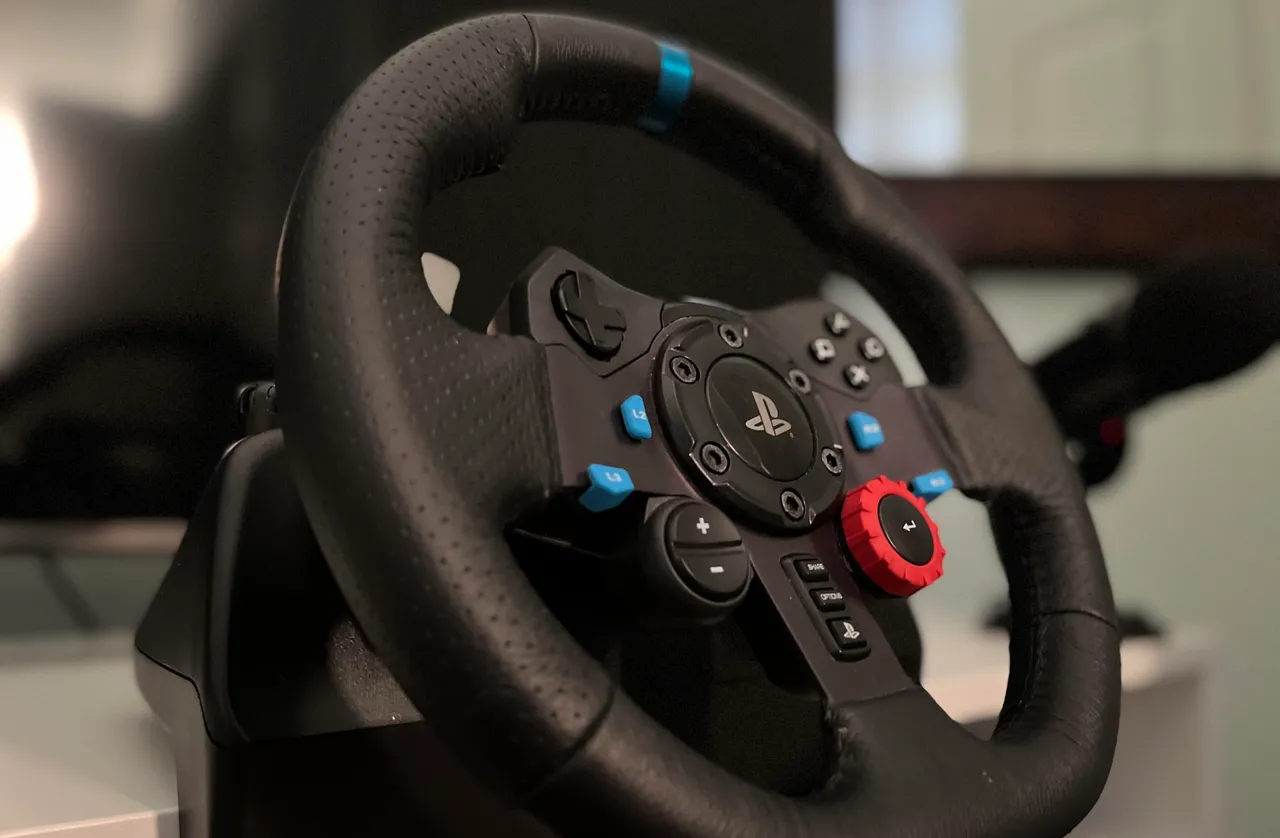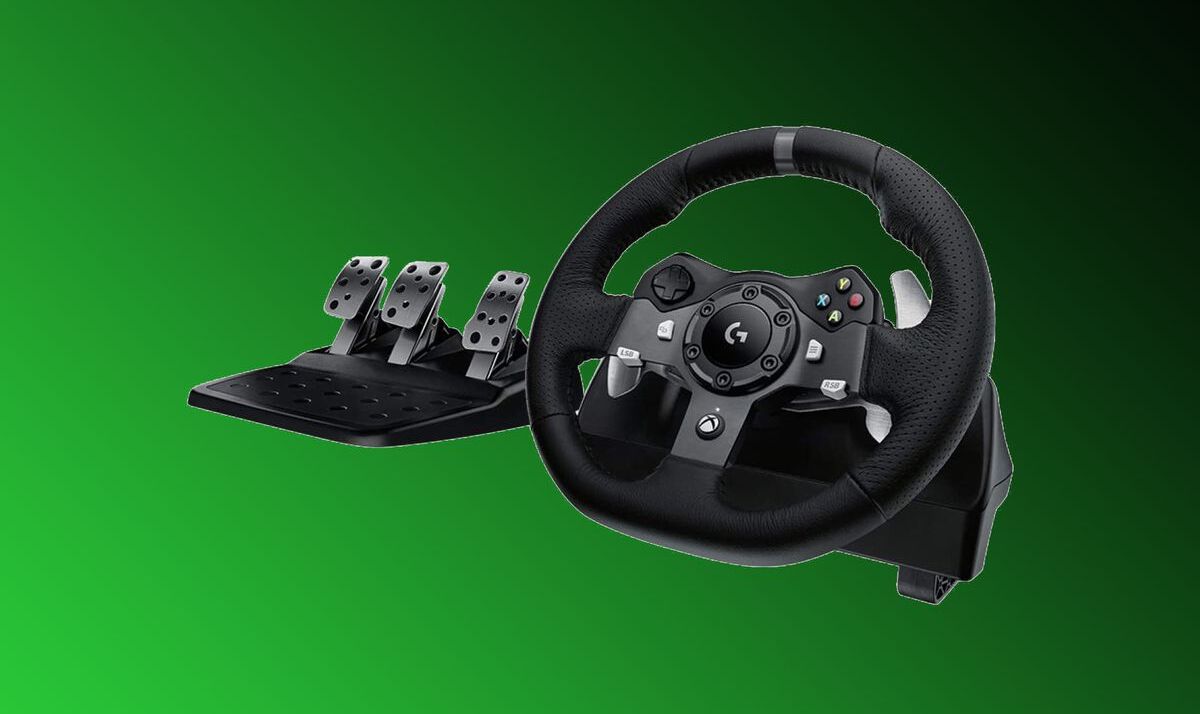Introduction
Are you a racing enthusiast looking to enhance your gaming experience with a more responsive and realistic racing wheel? Racing wheel sensitivity plays a crucial role in replicating the feel of a real driving experience, allowing you to make precise and accurate maneuvers on the virtual track. Whether you're a seasoned pro or just starting out, understanding and adjusting wheel sensitivity can significantly impact your performance and enjoyment.
In this guide, we'll delve into the intricacies of racing wheel sensitivity, exploring how it affects your gameplay and providing actionable steps to fine-tune this essential aspect of your racing setup. By the end of this article, you'll have the knowledge and confidence to optimize your racing wheel sensitivity, elevating your gaming experience to new heights.
Let's embark on this journey to unlock the full potential of your racing wheel and take your virtual driving skills to the next level. Whether you're aiming for precision control on hairpin turns or seeking a more immersive racing experience, mastering wheel sensitivity is the key to achieving your desired performance on the virtual track.
Understanding Racing Wheel Sensitivity
Before delving into the adjustments and fine-tuning, it’s essential to grasp the concept of racing wheel sensitivity and its impact on your gaming experience. Racing wheel sensitivity refers to the degree of response and precision exhibited by the wheel in translating your physical inputs into in-game actions. A highly sensitive wheel will react swiftly to even subtle movements, offering a heightened level of control, while a less sensitive wheel may require more pronounced steering inputs to produce the desired effect in the game.
When the sensitivity is appropriately calibrated, you’ll experience a more intuitive and immersive driving sensation, closely mirroring the responsiveness of an actual vehicle. This level of authenticity can elevate your gaming experience, allowing for smoother maneuvers and more accurate control over your virtual car’s handling.
It’s important to note that the ideal sensitivity setting is subjective and can vary based on individual preferences, the specific game being played, and the type of racing wheel being used. Factors such as the wheel’s mechanical design, the game’s physics engine, and your personal driving style all contribute to the overall feel and responsiveness of the racing wheel.
By understanding the nuances of racing wheel sensitivity, you’ll be better equipped to make informed adjustments that align with your desired gameplay experience. In the following sections, we’ll explore the methods for adjusting sensitivity both within game settings and directly on the racing wheel, empowering you to tailor the responsiveness to your liking and optimize your performance on the virtual track.
Adjusting Wheel Sensitivity in Game Settings
Many racing simulation games offer in-depth customization options, including the ability to adjust the sensitivity of your racing wheel within the game settings. These adjustments can significantly impact the responsiveness of the wheel and ultimately influence your control over the virtual vehicle.
When navigating through the game’s settings menu, look for options related to wheel sensitivity, force feedback, and steering input. These settings may include parameters such as steering sensitivity, linearity, and dead zones, each of which can influence how the game interprets and responds to your physical inputs through the racing wheel.
Steering sensitivity typically allows you to fine-tune the reactivity of the wheel, with higher values amplifying the response to your steering movements. Experimenting with this setting can help you find the optimal balance between precise control and natural steering feel, aligning the wheel’s behavior with your preferred driving style.
Linearity adjustments can affect the relationship between your physical steering input and the in-game response. A linear setting ensures a direct, one-to-one correspondence between your wheel movements and the virtual vehicle’s behavior, while non-linear settings may introduce varying degrees of response based on the input magnitude.
Dead zones, on the other hand, determine the range of minimal input where the game does not register any steering commands. Fine-tuning this setting can eliminate any unresponsive or overly sensitive areas around the wheel’s center position, allowing for smoother and more consistent control throughout the steering range.
It’s crucial to approach these adjustments methodically, making incremental changes and testing the effects in-game to gauge their impact on your driving experience. By iteratively refining the sensitivity settings within the game, you can tailor the wheel’s behavior to suit your preferences and optimize your performance on the virtual track.
Adjusting Wheel Sensitivity on the Racing Wheel
In addition to adjusting sensitivity within the game settings, many racing wheels offer onboard customization options to fine-tune their sensitivity and responsiveness directly. These adjustments can be instrumental in achieving the desired feel and control over the virtual vehicle, complementing the settings available within the game.
One common method of adjusting wheel sensitivity on the racing wheel itself is through the use of a dedicated sensitivity or calibration button or dial. This feature allows you to modify the wheel’s responsiveness in real-time, providing immediate feedback as you make adjustments. By turning the dial or pressing the buttons, you can increase or decrease the wheel’s sensitivity, tailoring it to your specific preferences and gameplay requirements.
Some racing wheels also offer the ability to customize additional parameters such as force feedback strength, wheel rotation angle, and pedal sensitivity, all of which contribute to the overall driving experience. These adjustments can further enhance the responsiveness and realism of the racing wheel, allowing for a more immersive and engaging gameplay session.
When fine-tuning the sensitivity on the racing wheel, it’s advisable to make gradual adjustments and test the effects in conjunction with the in-game settings. This iterative approach enables you to find the optimal balance between the wheel’s onboard settings and the game’s parameters, ensuring a cohesive and tailored setup that aligns with your driving style and preferences.
Furthermore, familiarizing yourself with the specific features and customization options of your racing wheel is essential for maximizing its potential. Consult the manufacturer’s documentation or online resources to gain insights into the available adjustments and their impact on the wheel’s sensitivity, empowering you to make informed decisions when optimizing its performance for your gaming sessions.
Testing and Fine-Tuning Sensitivity Settings
Once you’ve made adjustments to the sensitivity settings within the game and on the racing wheel, it’s crucial to thoroughly test and fine-tune these configurations to ensure they align with your desired driving experience. Testing the sensitivity settings involves evaluating how the changes impact your control, precision, and overall immersion during gameplay.
Begin by entering a practice session or a controlled environment within the game to assess the effects of your sensitivity adjustments. Take note of how the vehicle responds to your steering inputs, paying attention to the smoothness of the steering, the accuracy of your maneuvers, and the level of feedback transmitted through the racing wheel.
During this testing phase, consider experimenting with various driving scenarios, such as cornering, braking, and acceleration, to gauge the holistic impact of the sensitivity settings on different aspects of your driving performance. Assess how well the wheel translates your inputs into the virtual environment, aiming for a natural and intuitive feel that enhances your control and immersion.
It’s important to remain open to iterative adjustments, as fine-tuning sensitivity settings is often an incremental process that requires careful observation and refinement. Make note of any areas where the sensitivity may feel too responsive or insufficient, and adjust the settings accordingly to achieve a balanced and personalized driving experience.
Additionally, seek feedback from your own physical sensations while using the racing wheel. Pay attention to the level of comfort and ergonomics during extended gaming sessions, as the sensitivity settings can influence the physical strain and effort required to maneuver the virtual vehicle effectively. Striking a balance between responsiveness and comfort is crucial for sustained enjoyment and performance.
By actively testing and fine-tuning the sensitivity settings, you can iteratively refine your racing setup to match your unique preferences and playstyle. This process empowers you to optimize the responsiveness of the racing wheel, fostering a more immersive, enjoyable, and competitive gaming experience on the virtual track.
Conclusion
Mastering the art of adjusting racing wheel sensitivity is a transformative journey that can elevate your virtual driving experience to new heights. By understanding the nuances of sensitivity and making informed adjustments, you have the power to tailor your racing setup to suit your preferences, driving style, and gaming objectives.
Throughout this guide, we’ve explored the intricacies of racing wheel sensitivity, delving into the impact it has on your control, immersion, and overall enjoyment of racing simulation games. From adjusting sensitivity within the game settings to fine-tuning the responsiveness directly on the racing wheel, you’ve gained valuable insights into the methods and considerations for optimizing this critical aspect of your gaming setup.
As you embark on your journey to fine-tune wheel sensitivity, remember that patience and iterative refinement are key. Testing and adjusting the sensitivity settings in a methodical manner will empower you to find the perfect balance between responsiveness, control, and comfort, resulting in a personalized and immersive virtual driving experience.
By honing your racing wheel sensitivity, you’re not only enhancing your gaming performance but also deepening your connection to the virtual racing world. The subtle nuances of responsiveness, precision, and feedback can make all the difference in your ability to navigate challenging tracks, execute precise maneuvers, and immerse yourself in the thrill of virtual racing.
Armed with the knowledge and understanding gained from this guide, you now possess the tools to optimize your racing wheel sensitivity with confidence. Embrace the process of fine-tuning and testing, and let your enhanced control and immersion propel you to new levels of achievement and enjoyment in the world of virtual racing.







